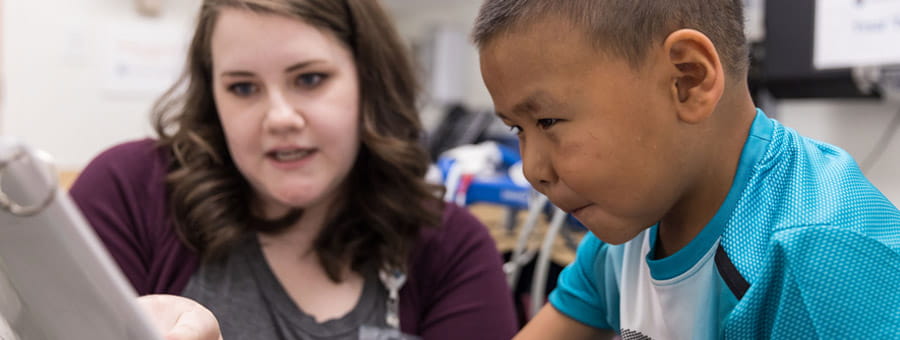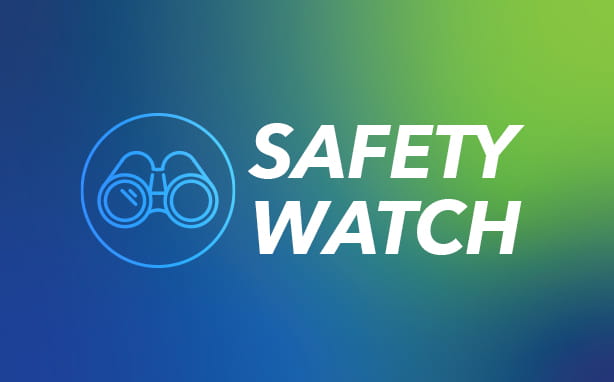As pediatric hospitals and health systems evaluate what it means to establish and provide equitable care, Seattle Children’s set their focus on journey mapping and participatory design. By uncovering unique challenges faced by patients and families, care teams at Seattle Children’s were able to focus on specific points of inequity and improve them.
The global aim of this work was to improve the patient and family experience in the outpatient pediatric cardiology setting across all care sites in this division. In 2019, a family experience survey (FES) identified gaps in the patient experience with potential for areas of improvement, one facet being the patient experience for patients based in Alaska. The team set out with the mission of bringing Seattle Children’s care closer to the patients’ home.
Understanding the last frontier
Seattle Children’s, as the northwesternmost children’s hospital in the U.S., serves a wide geographical area. This includes rural Washington, Idaho, Montana and Alaska. Specifically, the patient demographics of rural Alaskans at Seattle Children’s include:
- 5-10% of all cardiac procedures performed by the Seattle Children’s Heart Center is on patients from the state of Alaska.
- Around 50% of patients in Alaska are on Medicaid.
- Patient families expand across the state where access to care and local health services are additionally challenged.
Combining journey mapping and quality improvement
Through journey mapping, the team at Seattle Children’s started to visualize and understand experiences that customers have as they interact with a product or service. Journey maps illustrate the end-to-end experiences of families and staff; highlighting key data and insights synthesized from ethnographic research and codesign workshops. Benefits of this approach include the ability to understand and align strategy with storytelling and real-life user experiences. The team made a novel decision to harness the patient-centered and system-performance approach of journey mapping to derive improvement opportunities.
They learned from patients and families through clinic visits, observations, interviews with care teams and families, and workshops. From there, the team mapped out both the patient experience and care teams’ experience throughout the patient’s care plan. By mapping these separate experiences out, they were able to identify overlapping areas of opportunity to improve the experience for patients in Alaska.
Answering the question
During the process, one key question remained at the core, “How might the team build confidence and consensus on how to deliver seamless, equitable, and welcoming experiences for Heart Center patients and families?” And the answer fell to a few primary drivers:
- Improve communication between various sites.
- Decrease cancelled or rescheduled appointments.
- Improve the family experience throughout the care continuum.
- Improve staff experience.
- Decrease hospital length of stay.
- Increase completion of social determinants of health survey prior to admission.
To accomplish this work required several interventions from care teams across various care sites, including:
- Expanding cultural knowledge and sensitivity, as well as culturally appropriate patient services.
- Improving patient and family understanding of the entire process by establishing a primary contact to build trust and relationships.
- Developing checklists for all staff and family touchpoints with a standardized referral and communication process.
- Building a core team at the main campus to manage information, while collaborating with multiple teams consisting of clarified roles.
Lessons learned
The team leading this effort learned that they needed to form inclusive partnerships to bring this work to fruition. They secured leadership buy-in and made the necessary improvements to see the patient experience improve. This includes a significant uptick in positive responses from patients throughout this journey mapping and process improvement initiative. As of March 2023, 100% of families and patients are likely to recommend Seattle Children’s to others, up from 67% in October of 2022.




